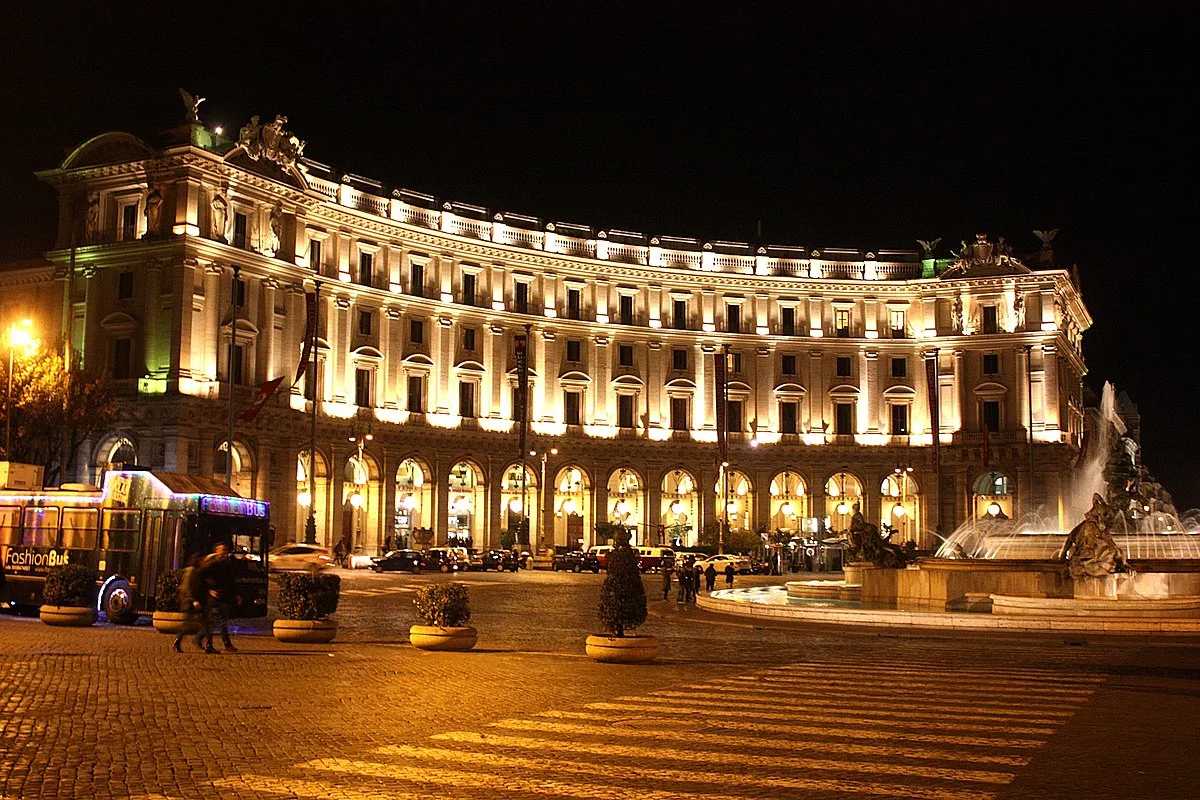Even though the Baths of Caracalla are considered to be one of the greatest construction projects ever completed in Ancient Rome, they were outdone by a similar project nearly a century later.
These were the largest thermae ever constructed, and in this post, you’ll discover the ultimate list of interesting Baths of Diocletian facts, a famous building in Rome that now serves multiple different purposes!
1. The baths were completed during the reign of Emperor Diocletian
The Baths of Diocletian were a massive entertainment complex in Ancient Rome which were constructed during the reign of two Roman Emperors in the late 3rd and early 4th centuries. Emperor Diocletian was ruling in the east and Maxentius was reigning in the west.
It was actually Emperor Maximian who commissioned the complex in the year 298 A.D. in honor of his co-emperor Diocletian, which is why the baths were named “Palatium Diocletiani” at this time.
One of the most remarkable Baths of Diocletian facts is that the project was completed around the time that Diocletian abdicated in the year 305. He effectively became the first Roman Emperor to voluntarily leave his office. Most of his colleagues were either assassinated or ruled until they died of natural causes.
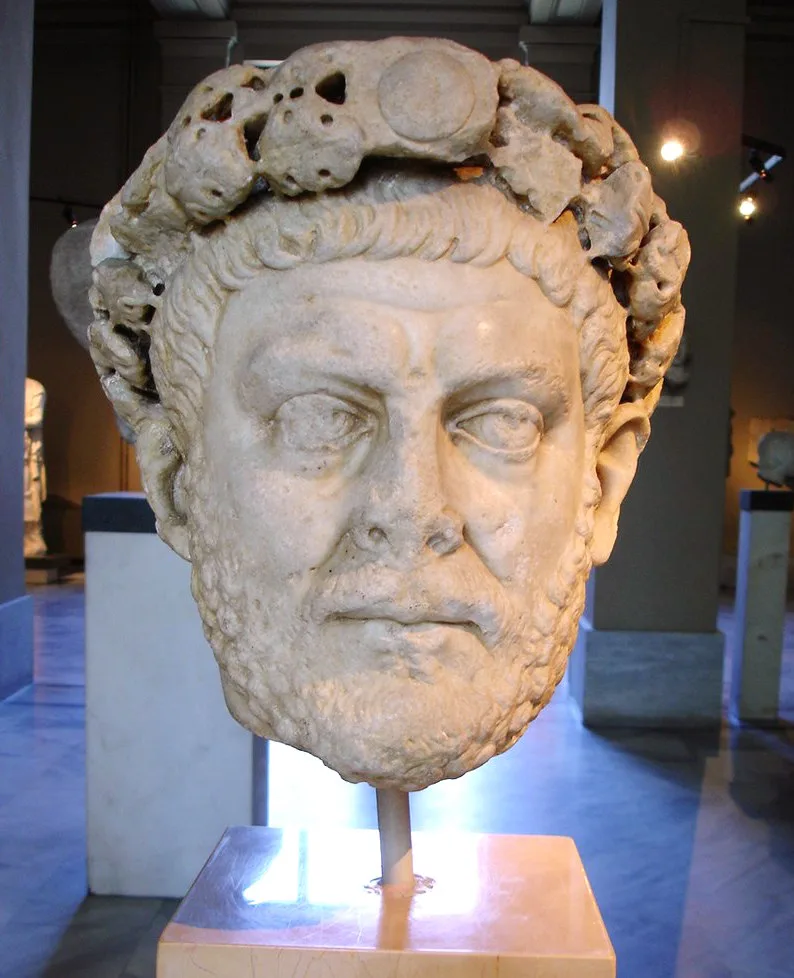
2. They are located on the smallest of the Seven Hills of Rome
The baths are located on the Viminial Hill, the smallest of Rome’s 7 Hills located to the northeast of the historical center of the city. This hill points directly towards Central Rome and the baths were located just within the Servian Wall, the defensive wall built around Rome in the 4th century B.C.
Apart from the huge baths, this hill is also home to the Termini rail station, the main railway station in Rome. All of the most important landmarks in Rome are just walking distance away as well.
The historical center of Rome and the Roman Colosseum can be found less than 1 kilometer (0.6 miles) to the southwest, and the Famous Pantheon and magnificent Trevi Fountain can be found a similar distance directly to the west-northwest.

3. The water was supplied by one of the longest aqueducts in Ancient Rome
The water supply of Ancient Rome was brought to the city through a total of 11 aqueducts. It’s assumed that the Baths of Diocletian were supplied by the Aqua Marcia, one of the largest aqueducts that were constructed between 144 and 140 B.C.
Huge amounts of water were needed for this massive complex so that’s one of the main reasons why Diocletian focused on expanding the water supply to the city during his reign.
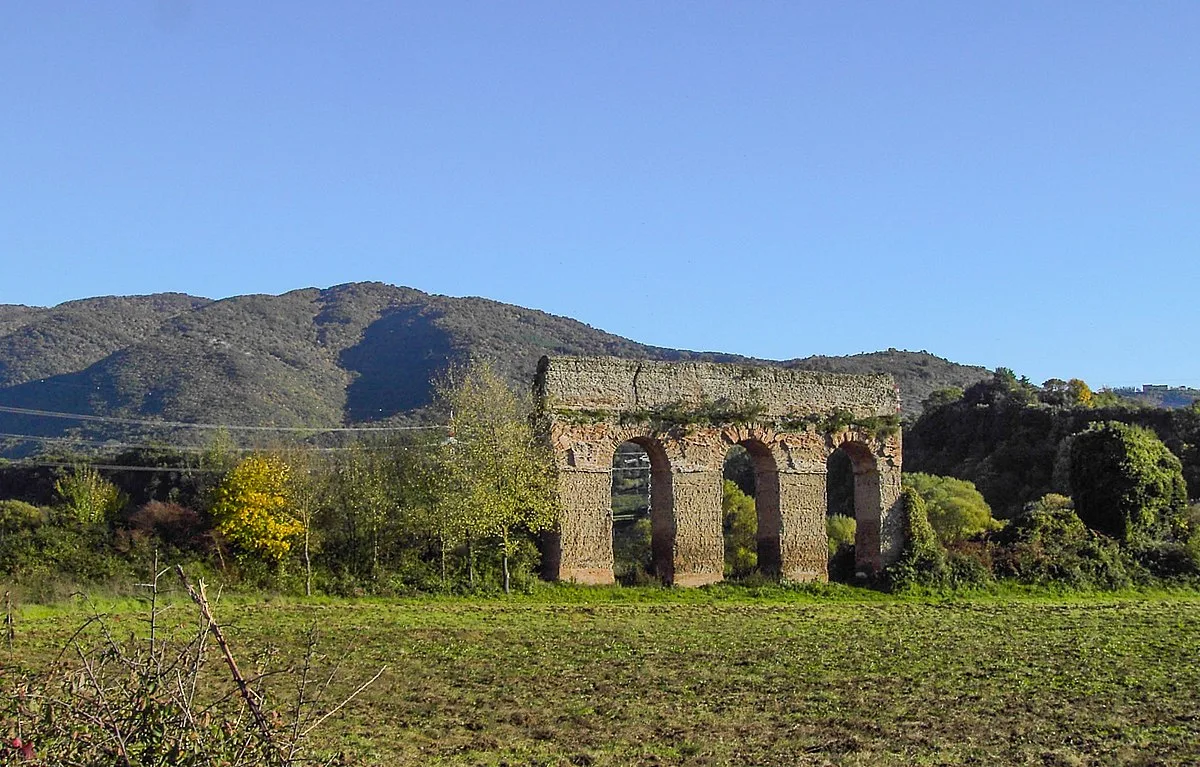
4. The baths were in use for well over 2 centuries
The baths were opened around 305-306 A.D. and were one of the most popular entertainment facilities in Rome in the following centuries. It was the main social gathering place for residents of the Viminal, Quirinal, and Esquiline neighborhoods.
The baths remained in use for over 2 centuries, until the aqueducts were destroyed by the Ostrogothic king Vitiges during the Siege of Rome in the year 537.
5. There was a clear Latin inscription on one of the entrances
We know for sure that the baths were constructed during the reign of Diocletian and Maximian because there was an inscription referring to this on one of the entrances. This inscription, translated from Latin, reads:
Our Lords Diocletian and Maximian, the elder and invincible Augusti, fathers of the Emperors and Caesars, our lords Constantius and Maximian and Severus and Maximum, noblest Caesars, dedicated to their beloved Romans these auspicious Baths of Diocletian, which the divine Maximin on his return from Africa ordered to be built and consecrated in the name of his brother Diocletian, having purchased the premises required for so huge and remarkable work and furnishing them with the most sumptuous refinement
Inscription on the entrance of the Baths of Diocletian.
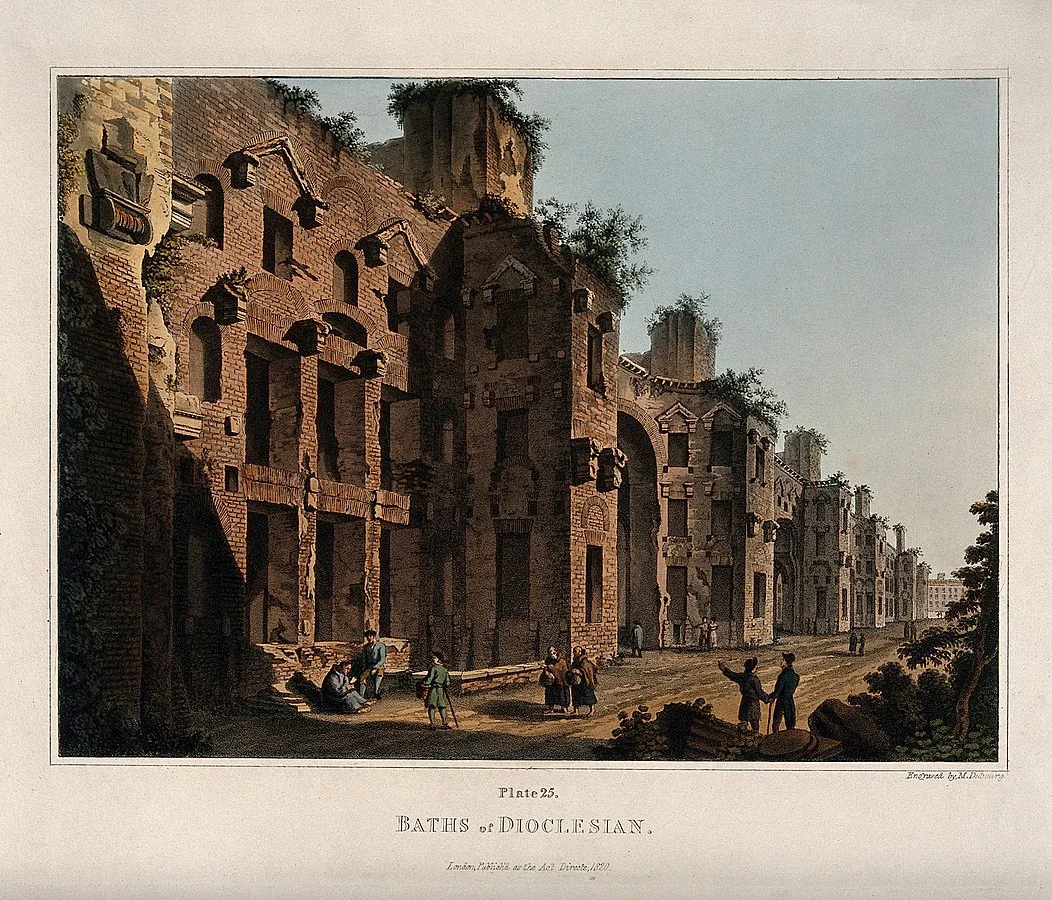
6. The size of Diocletian’s Baths was enormous
The inscription describes the glory of the complex, and it was in fact huge. The central block of the baths, the main facility, had dimensions of 280 by 160 meters (910 by 520 feet) and covered an area of 10.85 acres.
Even though the entire complex of the Baths of Caracalla, completed by Emperor Caracalla and therefore named after him, covered a much larger area, 25 hectares, as opposed to the 13 hectares covered by Diocletian’s Baths, the thermae building itself, was much larger.
The vast size of the complex was made even more overwhelming on the inside due to the architectural techniques used. These fully focused on manipulating the space to make it appear much bigger than it already was.
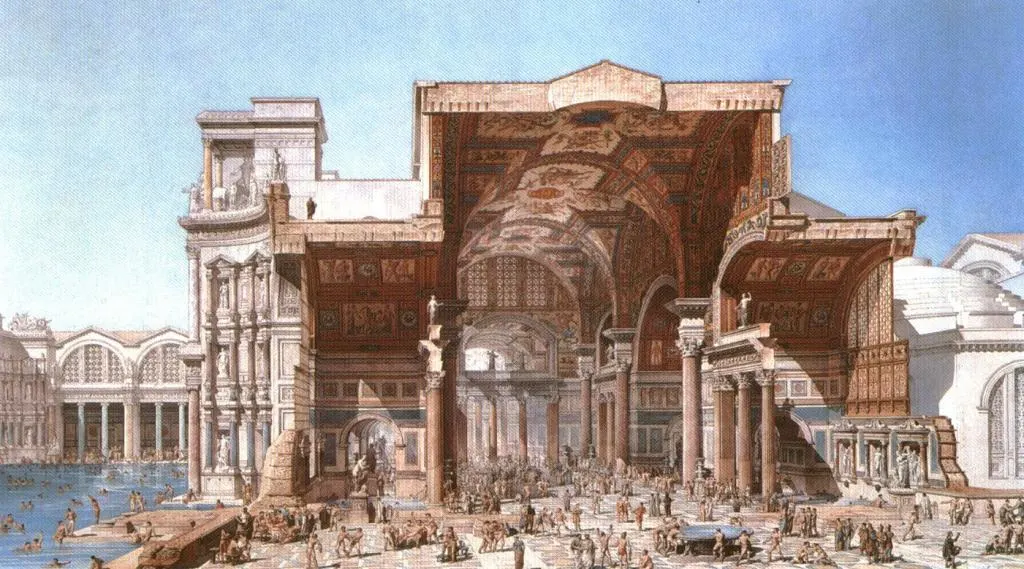
7. The complex consisted of multiple entertainment facilities
Apart from the caldarium, which was a hot bath, and the frigidarium, which was the increasingly more popular cold bath, the complex consisted of much more than this.
Another very popular facility was the Palaestra, which was a gymnasium where people could exercise. Relaxing was also possible with literature in the enormous libraries that adjoined the complex.
Yes, this complex had everything that the average Ancient Roman wanted, except for games or chariot racing, of course!

8. The baths could presumably hold about 3,000 people
While it’s pretty much impossible to know exactly how many people this entertainment facility could hold, contemporary estimates put this at about 3,000 people at any given time. This claim was made by a historian named Olympiodorus of Thebes who lived about a century after the baths were opened.
This means that he most probably visited them and could have made an assumption as to the capacity of the facility, but because he didn’t mention how he came to this conclusion, his claim has also been disputed.
Regardless, the baths were huge and could definitely provide entertainment for thousands of Romans every day!
9. The architectural style resembles a Basilica built in the early 4th century
Shortly after the baths were completed, one of the most prominent buildings on the Roman Forum was constructed called the “Basilica of Maxentius,” also referred to as the “Basilica Nova.”
It was the largest building on the Forum and the final Basilica built in Ancient Rome as it was completed in the year 312 A.D.
One of the most interesting Baths of Diocletian facts is that this basilica pretty much used the same design elements as the baths such as coffered vaults. The floor plan of the Basilica resembles that of the central building of the baths as well.
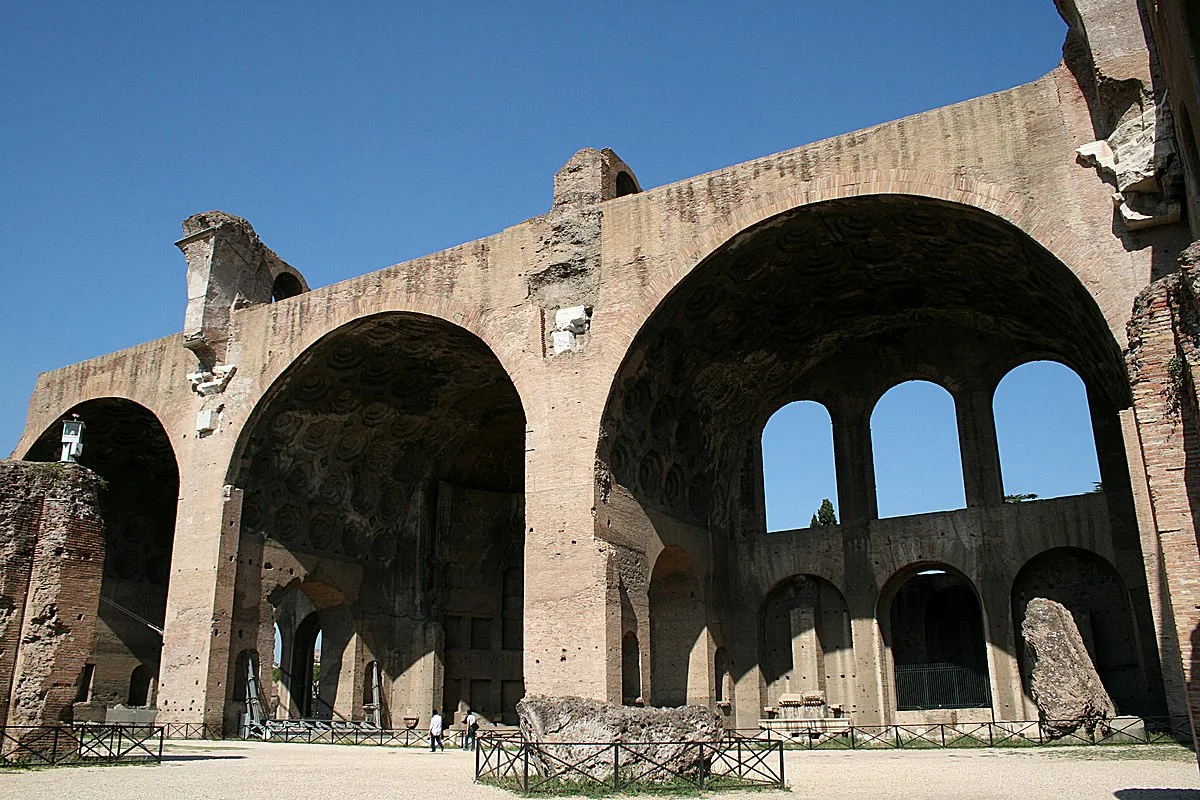
10. A famous landmark in Washington D.C. was inspired by the baths
The baths didn’t just serve as an inspiration for contemporary structures. Some more recent landmarks also incorporated some of the design elements of the buildings.
One of these is the Smithsonian National Museum of Natural History building in Washington, D.C. Some of the design elements used for these buildings are semicircular windows, also referred to as “Diocletian Windows.”
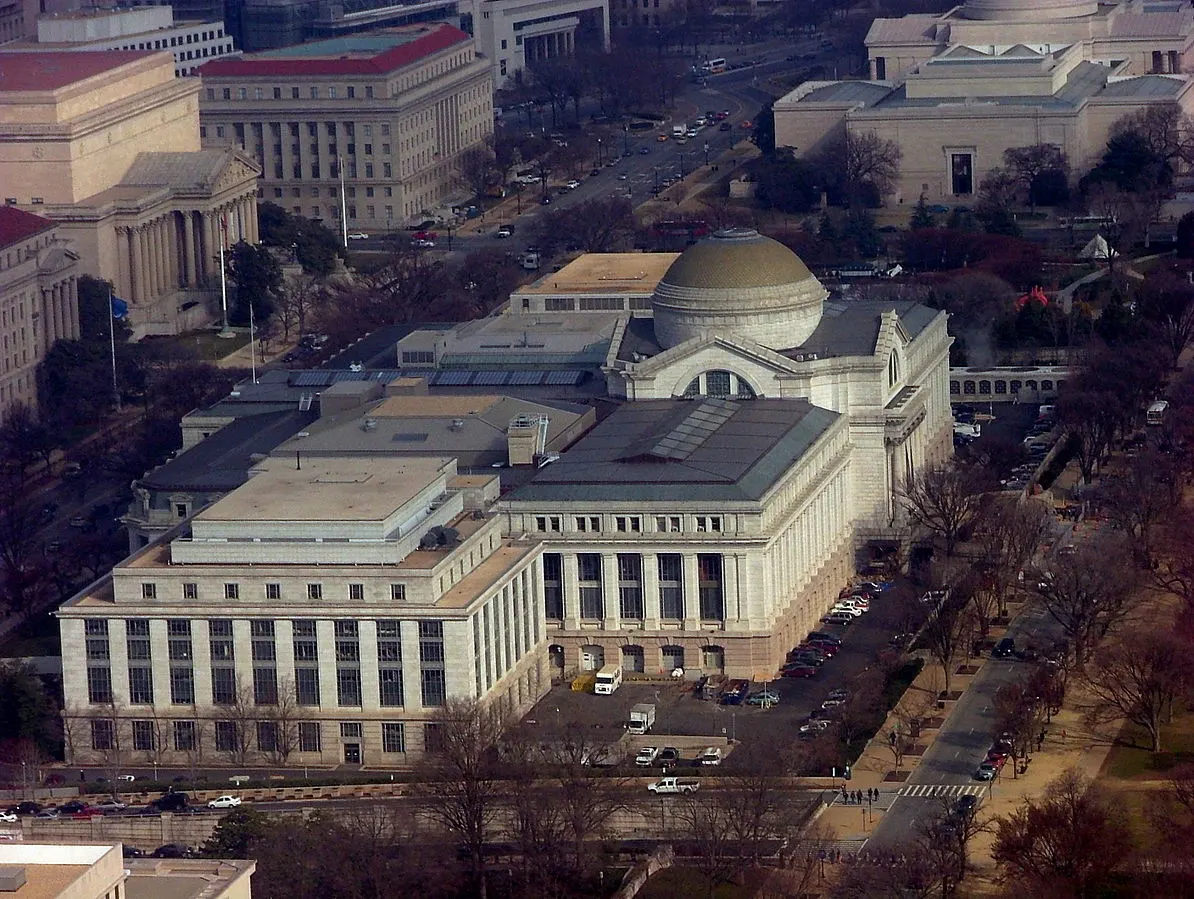
11. A basilica designed by Michelangelo was incorporated into the baths’ ruins
One of the most fascinating Baths of Diocletian facts is that even though the structure largely became a ruin after its water supply was cut off in the 6th century, it still serves a purpose today!
Pope Pius IV engaged Michelangelo Buonarroti in the 1560s to design a church on top of the ruins of the baths to commemorate the Christians who lost their lives during its construction.
After all, what better person than the final architect of the magnificent St. Peter’s Basilica to design this church could you find, right?
The result is quite impressive as well as Michelangelo incorporated the ruined frigidarium of the baths into the design of the façade of the “Santa Maria degli Angeli e dei Martiri” church.
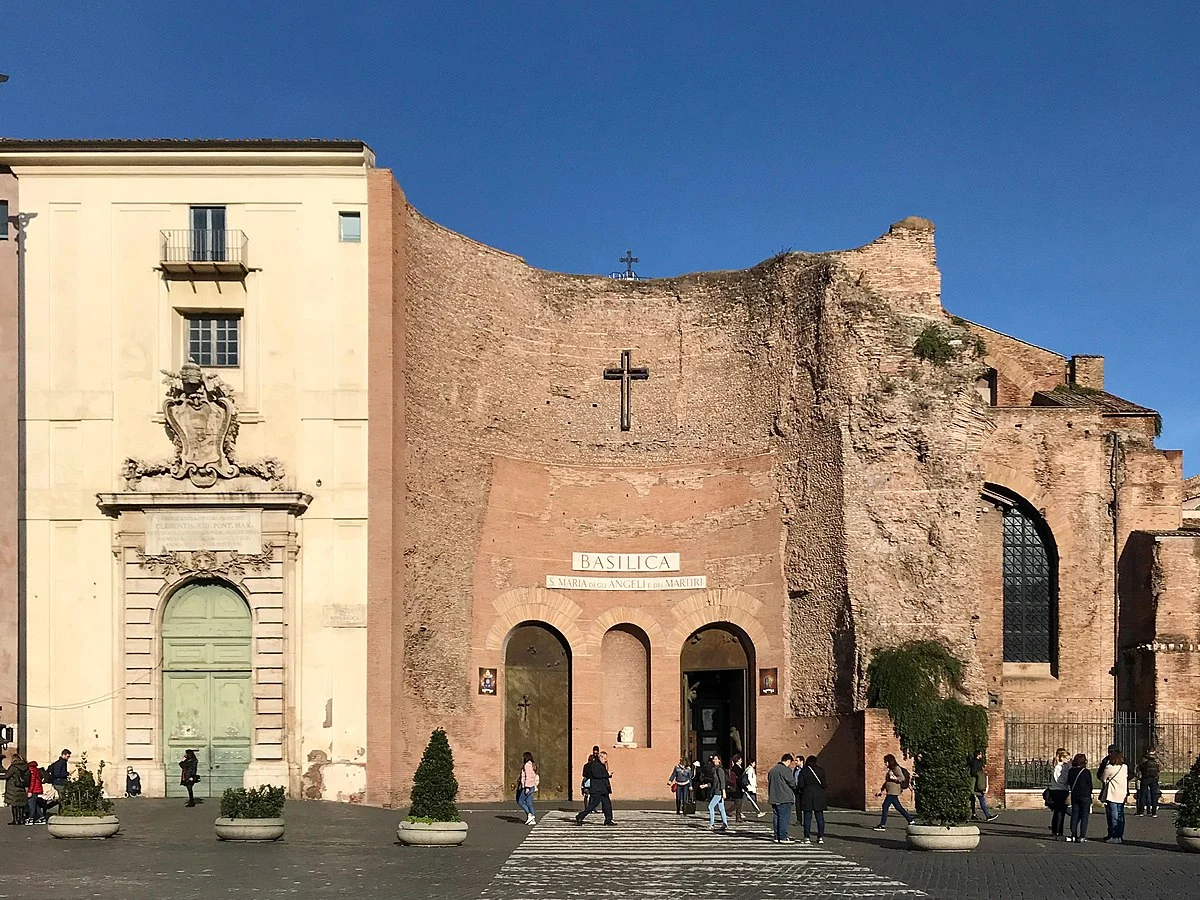
12. A popular museum in Rome was also incorporated into the baths
Part of the baths also serves a purpose as a museum called the “National Roman Museum.” This museum has several branches in multiple buildings all across Rome.
One of these is located in the charterhouse of the church of Santa Maria degli Angeli e dei Martiri, which was also designed by Michelangelo. This section is also referred to as “Michelangelo’s Cloister,” a section of the baths that was completed between 1565 and 1600.
This section of the baths now contains multiple altars and funerary sculptures dating back to antiquity.
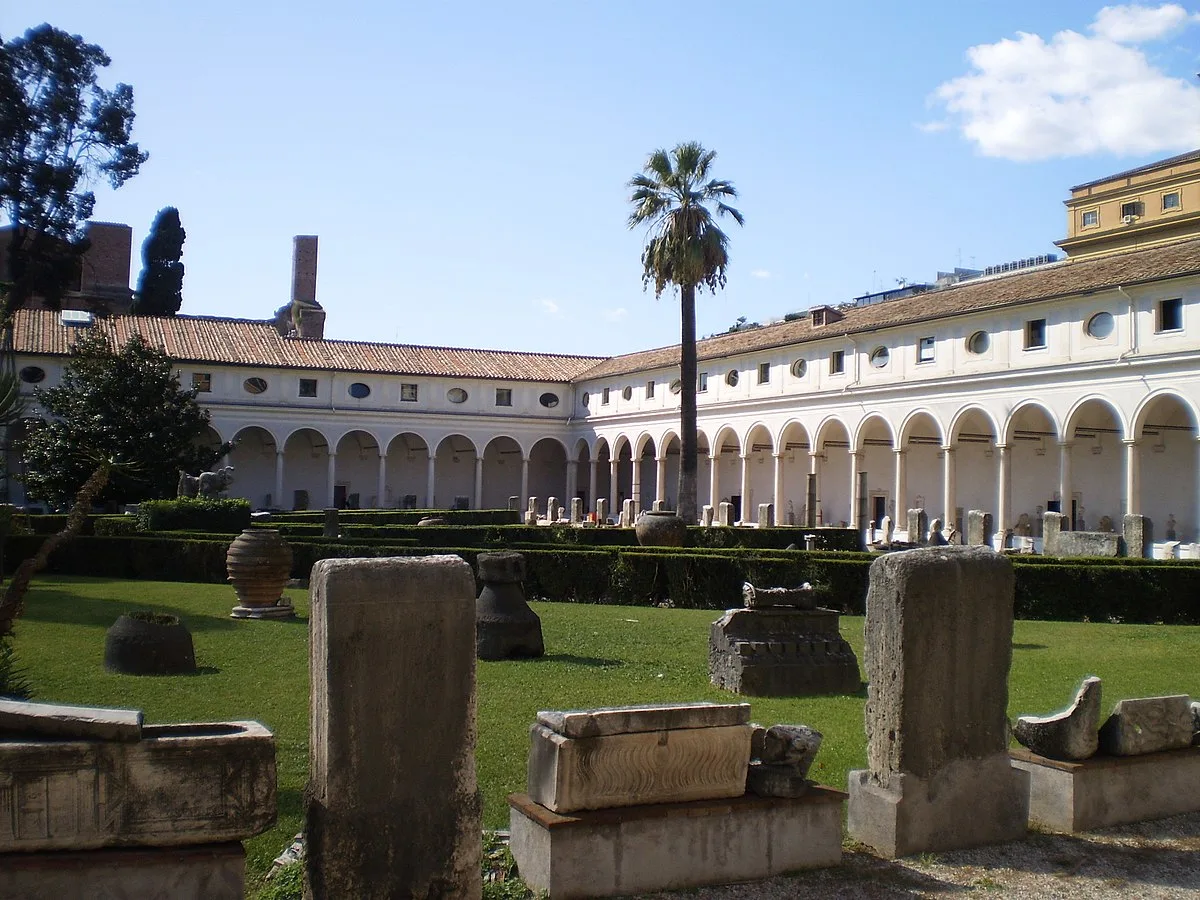
13. One of two circular buildings of the baths was turned into a Baroque church
The southwestern corner of the baths featured a circular tower inside its perimeter wall. This tower has been incorporated into a Baroque-style church called “San Bernardo Alle Terme.”

The building resembles the Roman Pantheon as its circular in shape and features an amazing dome with an oculus in its center. The counterpart of this tower is located over 200 meters further at the beginning of the Via del Viminale.

14. An American sculptor used the baths as his artist’s studio
American sculptor Moses Jacob Ezekiel (1844-1917) worked in the Baths of Diocletian between 1879 and 1910. He turned part of the complex into his own artist’s studio and created his most famous works here.
This part of the baths was reclaimed by the Italian government in 1910 and part of the National Roman Museum is now located here.
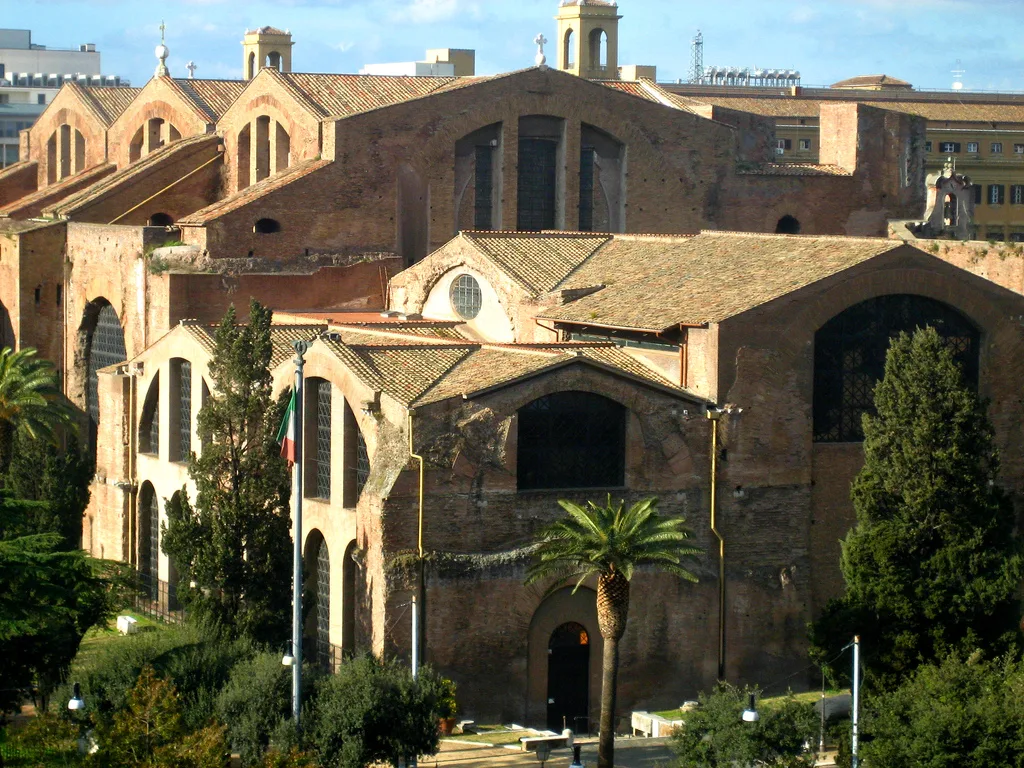
15. A famous square in the area follows the shape of the baths’ exedra
One of the most fascinating squares in the area follows the shape of the exedra of the baths. This square is now known as the “Piazza della Repubblica” and is located right next to the “Termini station.”
The size of this square gives you a clear impression of how enormous this bathing complex must have been, and how fascinating it is that constructing a complex of this size was possible without the use of any modern tools!
